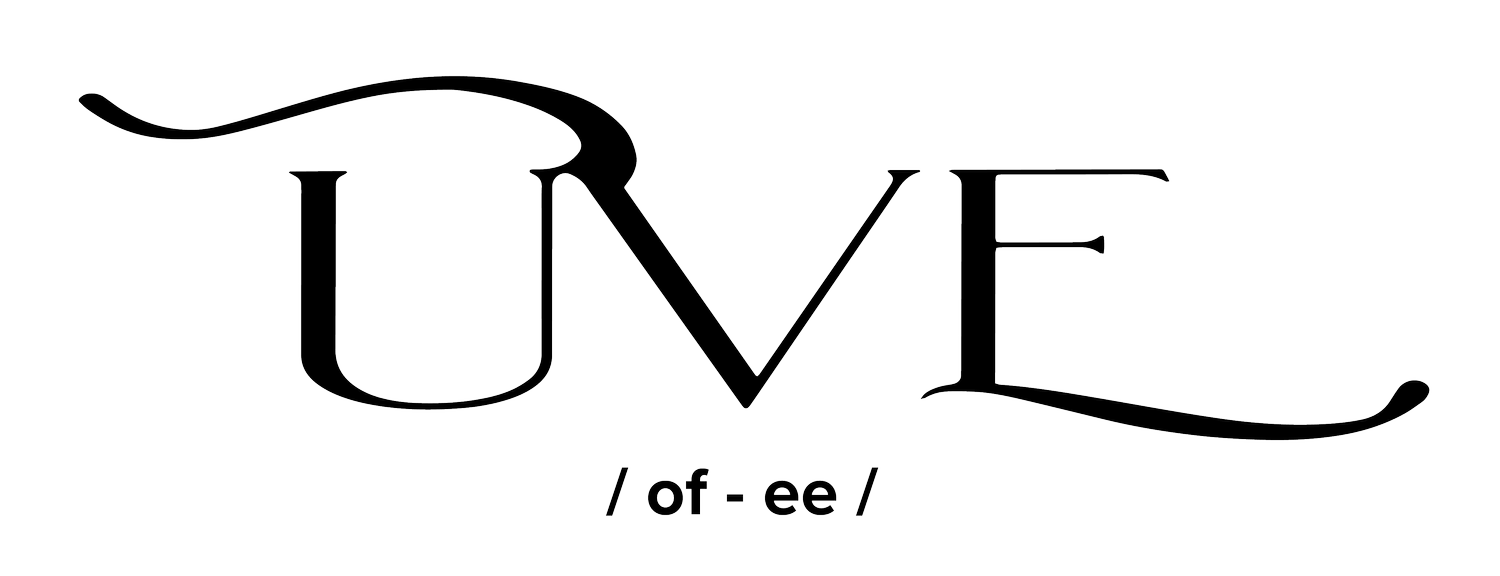Holistic Financial Planning: Turning Upside Down to Get it Right
- By Andrea Malmberg, Savory Field Professional

Learning How to Find True Wealth
In 2001 Don and Randee Halladay came to our lodge in Wyoming to teach Holistic Financial Planning. Among the participants were financially astute retired business executives seeking ways for their wealth to be of benefit, sitting along the side of struggling ranchers hoping they weren't the generation responsible for losing their family's land. There were even a few young people crafting how their future livestock enterprises would look. They all understood what true wealth means, and they came to learn how Holistic Financial Planning could help them equally unfurl financial, ecological, and human potential.
For the next few days that Don and Randee taught, we became immersed in how they had us explore our relationship with money. They exposed the false idea that you are either good or bad with finances and enhanced our confidence that we too could create true wealth. As I reflect, I think they were using their natural horsemanship skills to build our capacity, to get our legs under us so that we could be leaders of our finances instead of our finances ruling us.
That was when Tony became immersed in Holistic Management, and a growing global community seemed to be emerging. A big leap for us was going to the Africa Centre for Holistic Management, where we had the opportunity to learn from Dick Richardson. While we learned so much, one kernel of advice has had a reverberating influence. As we refined our understanding of Holistic Financial Planning, Dick mentioned, "If you really want to get a handle of your finances, go to Ranching for Profit."
And so we did. During our first meeting in a downtown Billings Montana hotel, my financial confidence grew. Tony felt right at home doing quick mathematical calculations with others projecting the cost of gain and figuring out how to improve gross margin per unit. After joining Executive Link, I had a newfound feeling of competence as my agility with spreadsheets, P&Ls, and balance sheets grew.
Applying Holistic Financial Planning at Home
At home, I was able to integrate our holistic financial plan with our accounting software. I created a system incorporating the core aspects of Holistic Financial Planning with key financial fitness indicators to make the process of planning, accounting, monitoring, and replanning relatively easy. With the help of a friend, I was even able to hack a meat inventory system within the software program that enabled us to increase turnover, a key concept I learned in Ranching for Profit.
Since relocating our ranch to Oregon, I have continued taking the lead on managing our finances, yet something hasn't felt right for years now. Initially, I chalked it up to shifting contexts. There was little room for error in Wyoming - margins were tight, markets were scarce, and the environment was often much tougher than I.
In Oregon, we have better markets, not only for grassfed beef but also for ecosystem services and consulting. While this year has been a doozie, we typically have four distinct seasons. And no matter what anyone says, the wind doesn't blow that hard out of Pyles Canyon. It has felt good to be able to ease up a bit and take a more laissez-faire approach. Still, something hasn't felt right for years now.
The "Right Feeling" of Holistic Financial Planning
The root cause of that "not right feeling" was revealed to me last spring when I had the opportunity to teach a virtual class in Holistic Financial Planning with Sheila Cooke for the Noble Research Institute. While my ego wanted to push forward with something that melds the essential concepts of Holistic Financial Planning with a system to ease the drudgery of bookkeeping, spiced up with the sophistication of Ranching for Profit, I was charged to teach the core curriculum of Holistic Financial Planning.
I'm dedicated to the core concepts of Holistic Financial Planning - planning for profit first, categorizing expenses as wealth-generating, maintenance, and inescapable, and monitoring each expense rather than focusing on the bottom line.
But I have had significant resistance to the holistic financial planning process' Annual Income and Expense worksheet, where you are supposed to record expenses in the columns opposite conventional accounting. Why would you put all of that work into putting your numbers in rows when they should be in columns, thus matching your accounting? It makes reconciling your books a chore.
As I walked 32 students through the process via Zoom, I discovered exactly why the process, doing it by the book, is so important. The process turns everything upside down. Why you certainly can make sure that you don't rob one expense to pay for another, conventional accounting makes you focus on the bottom line, no matter how much you remind yourself. And then this leads to the tendency of copying and pasting last year's actuals to create this year's plan quickly.
As I explained the process, I honestly hadn't done “by the book” for years, I was reminded of when I was hiking through a slot canyon in Utah. Though I initially felt a bit uneasy with the whole concept of being caught in a flash flood, I bucked up and felt pretty good even when a tarantula fell from above. However, when we met a bunch of Boy Scouts coming in the opposite direction, with little room to pass, I started to have an anxiety attack. I knew I had to do something drastic. Out of nowhere I was compelled to do a handstand. And my world shifted. As I landed back on my feet, brushing the terracotta soil off my hands, I was at peace. In that newfound state of mind, I experienced awe and wonder.
Sometimes it takes turning our perspective upside down to see clearly.

